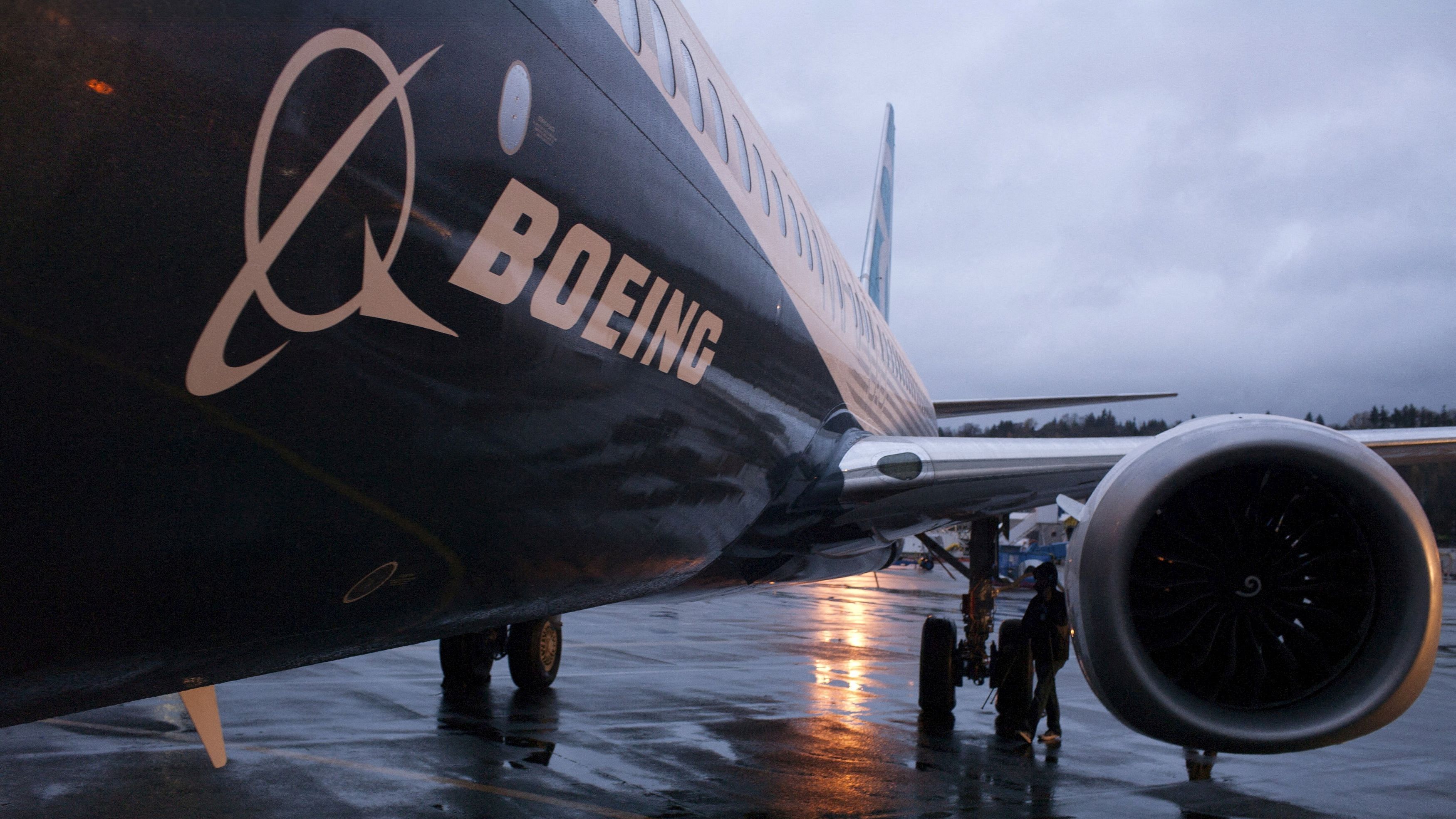
A Boeing 737 aircraft.
Credit: Reuters Photo
New Delhi: Aviation regulator DGCA on Monday issued an advisory to Indian airlines operating Boeing 737 planes regarding the potential risk of a jammed rudder control system.
The move follows the recent probe report by the US National Transportation Safety Board (NTSB) that highlighted safety concerns involving Boeing 737 aircraft lanes equipped with Collins Aerospace SVO-730 Rudder Rollout Guidance Actuators.
Against the backdrop of the potential risk of a jammed or restricted rudder control system, the Directorate General of Civil Aviation (DGCA) has issued safety recommendations to the Indian carriers.
Currently, Air India Express, Akasa Air and SpiceJet operate Boeing 737 planes. DGCA said all flight crews are to be informed through a circular/advisory regarding the possibility of a jammed or restricted rudder control system.
"Appropriate mitigations must be communicated to help crews identify and handle such a situation," it added.
Further, all operators have been asked to conduct a safety risk assessment for aircraft to evaluate and mitigate the risk associated with the rudder control system.
The regulator also said that all Category III B approach, landing, and rollout operations, including practice or actual autoland, must be discontinued for these planes until further notice. Category III B pertains to operations in low visibility conditions.
Among other measures, airlines have been asked to mandatorily include discussion about potential rudder control system issues as a mandatory topic in recurrent training sessions.
It will also be included in the Instrument Rating/Proficiency Checks (IR/PPC) during pre-simulator briefings.
"Operators have been instructed to include specific exercises in Recurrent Training and IR/PPC that simulate scenarios involving a jammed or restricted rudder control system, including rollout procedures.
"Appropriate flight crew responses and mitigations should be practised during these exercises," the regulator said in a release.
DGCA also said the interim measures aim to enhance safety and ensure that flight crews are well-prepared to handle potential rudder control issues effectively.